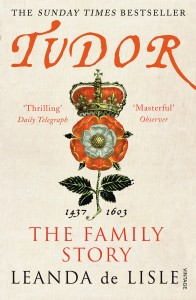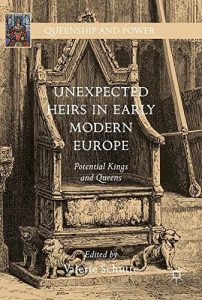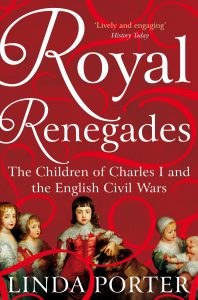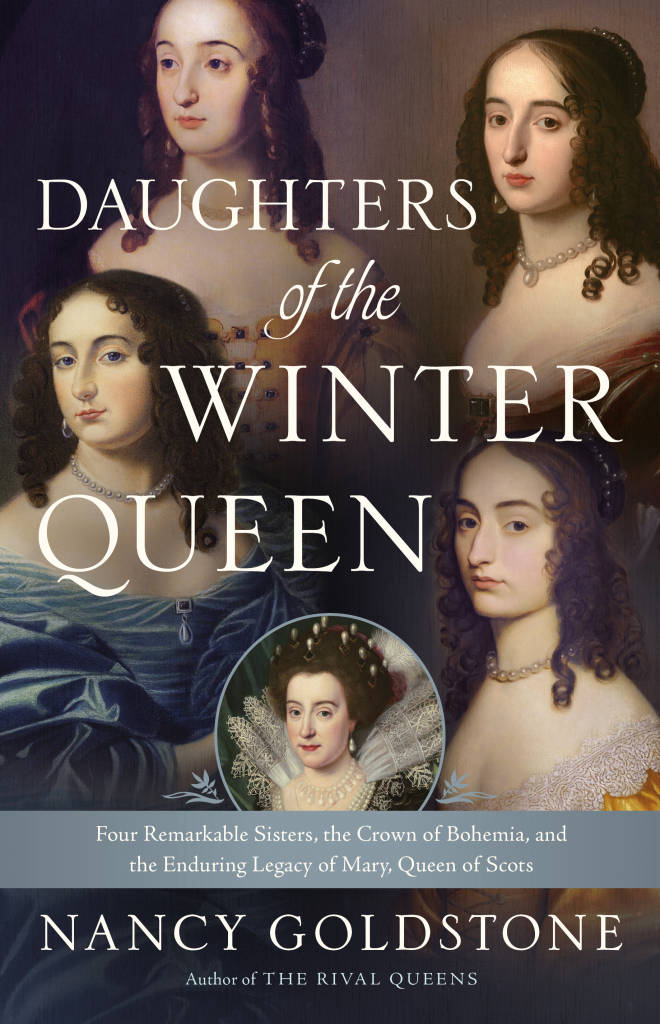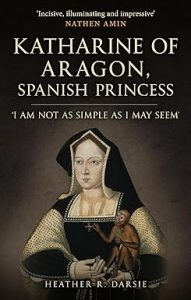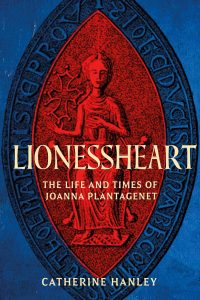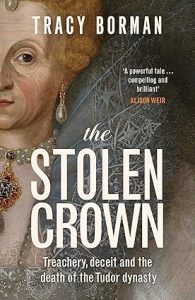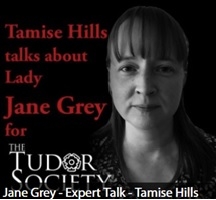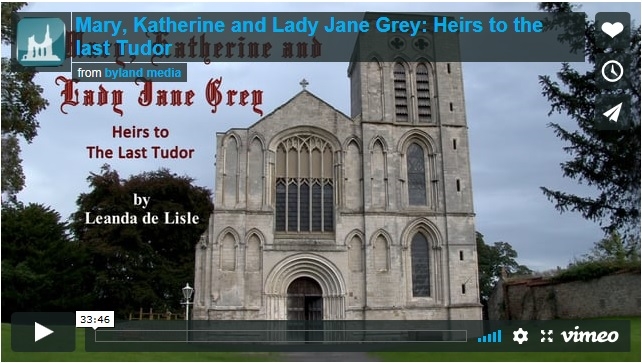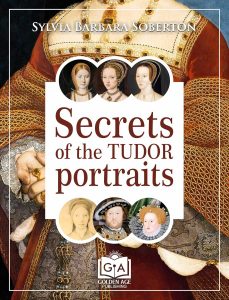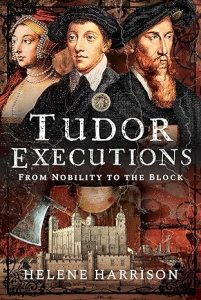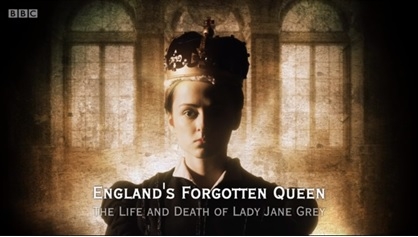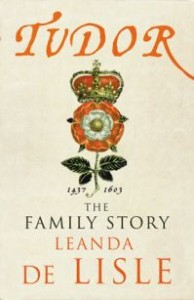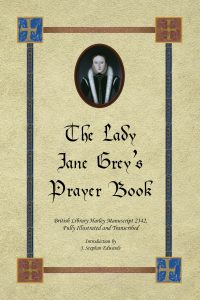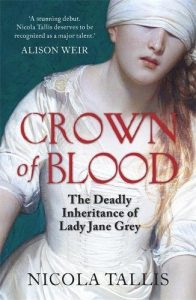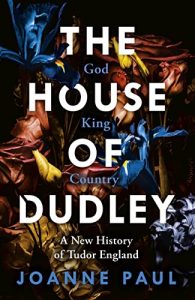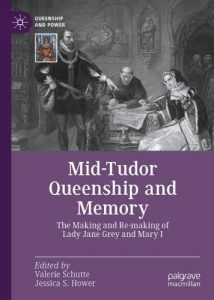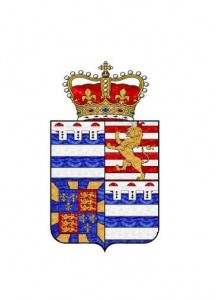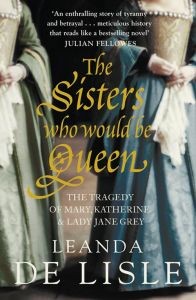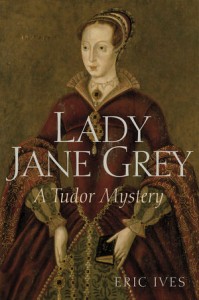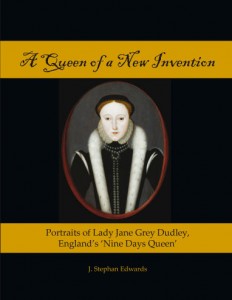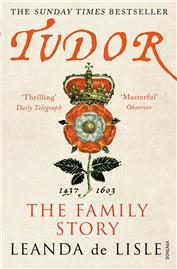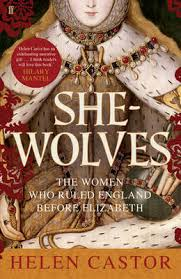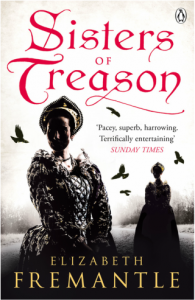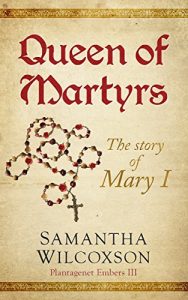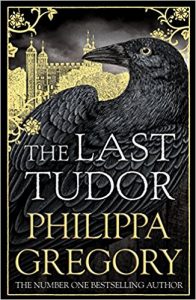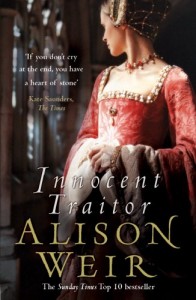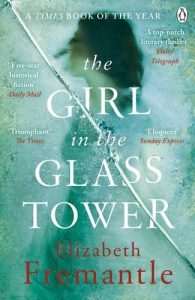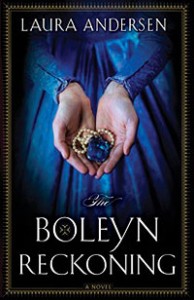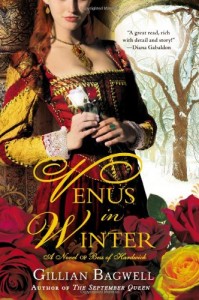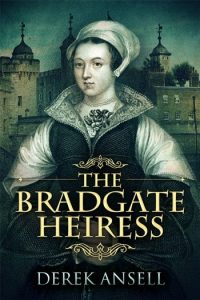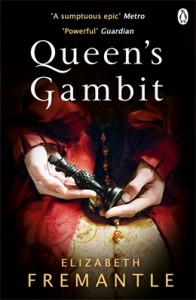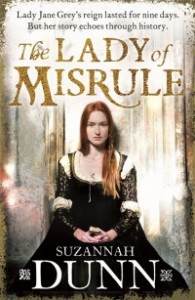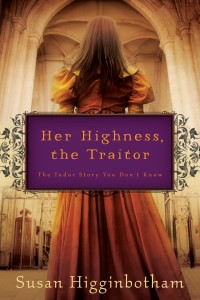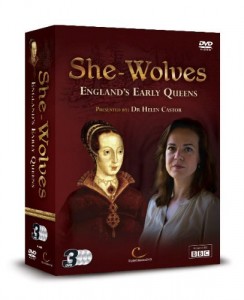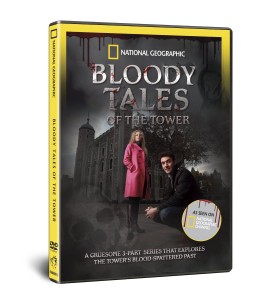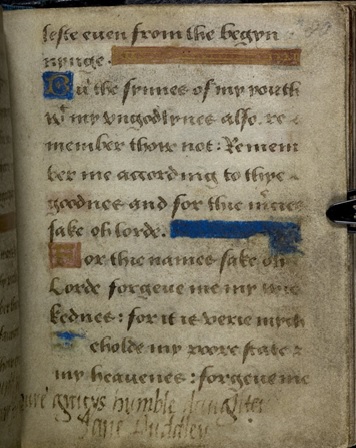Morgan Ring is the author of ‘So High a Blood: The Life of Margaret, Countess of Lennox.’ It was published in April by Bloomsbury and Bloomsbury USA.
To buy in the UK: Amazon.co.uk
To buy in the US: Amazon.com
 (c) Steve Carty, 2016
(c) Steve Carty, 2016
Many thanks to Morgan for answering my questions.
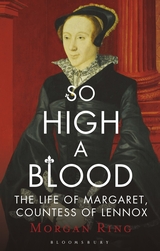 (c) Bloomsbury Publishing
(c) Bloomsbury Publishing
Why did you choose this subject for your book?
When I was looking for a dissertation subject at the end of my second year at university, I had three goals in mind: it would be something biographical on somebody from sixteenth-century Britain with a cross-border story. My supervisor brought up Margaret Douglas and mentioned that she collected watches. It was the detail that decided me: how could I resist a clockwork collector? Turning to the vast literature on the Tudors, I saw only passing references to Margaret, but the stories I found hinted at a colourful life and a claim to the English throne that was more than a piece of genealogical trivia. As I got deeper into the research, I thought my goal would be to show that her claim was more important than historians had acknowledged. Reading my way through the State Papers of Elizabeth’s reign, I saw report after report, from Catholic and Protestant alike, implying that she had instigated her son’s suit to the Queen of Scots. Set on recovering her voice, I found myself poring over her letters and puzzling through the symbols in her artistic commissions. I began to suspect that there was more to Margaret than familial ambition — there was faith, craft, and a passion for politics. Eventually, the dissertation evolved into a book and the argument evolved into a story!
What does your book add to existing works about Margaret Douglas?
There is additional archival material, which adds both new dimensions and details to the story. I’ve also done my best to tie Margaret’s life into some of the really exciting and challenging questions in sixteenth-century British history. For instance, I’ve drawn on the archives and on academic literature to argue that Margaret’s religious identity is a richer subject than the usual shorthand — Catholic — has allowed: her Catholic awakening seems to me to have taken place under Edward VI, not under Henry VIII and her religion shaped her British ambitions for her son and her grandson. Finally, I hope I can give some insight into a few of the characters who so often and so inexplicably get left out of fictional accounts of the Tudor dynasty — above all, Margaret’s gleefully self-willed parents.
Why did Henry VIII demote the heirs of Margaret Tudor in his final will, in favour of those of his youngest sister, Mary?
The exclusion of Mary, Queen of Scots can, perhaps, be explained: she was not English-born and she was unmarried, liable to take a French or Scottish husband who might claim the the throne through her. These reasons, though, did not extend to Margaret or to her son — so why demote them too? The evidence suggests Margaret and Henry quarrelled not long before he died. In 1561, Lennox’s former secretary, Thomas Bishop, wrote a letter to William Cecil in which he mentioned that the late king gave him a gift of land ‘a little before his death and after the breach with my Lady Lennox’. He also wrote another a letter tying this breach to the Lennox-Stewarts’ exclusion, alleging that Margaret had ‘sought the rule of her husband’ and tried to get rid of Bishop. Henry responded by dispatching two of his counsellors to remind Margaret ‘how good he had been to her father [the earl of Angus] and herself’ and to reproach her for ingratitude — and ‘she ever after…lost a part of his house as appeared at his death’.
When Margaret’s affair with Charles Howard was discovered, she was warned ‘to beware the third time’, and this was it — an ugly family quarrel in which an ailing, mercurial Henry castigated her for her own actions and for her father’s disloyalty. Their former fallings-out had taken time to mend, and Henry was too near death for them to be reconciled after this one. But Margaret kept portraits of Henry with her for the rest of her life and defended his memory to Angus, suggesting she saw how insignificant the quarrel was in its substance, if not in its timing.
How seriously do you think Mary I considered naming Margaret Douglas as her heir, given that Mary’s victory over Lady Jane had set a precedent?
The only account I’ve found suggesting Mary wanted to name Margaret Douglas her heir comes from Simon Renard, the Spanish ambassador. He describes a private meeting with Mary and William Paget in which the three of them discussed the matter of the queen’s heir. For Renard, there were only three real choices — Mary, Queen of Scots; Lady Jane’s mother, Frances Brandon, and Elizabeth Tudor — and he thought the Queen of Scots had the best claim. Paget — perhaps with Jane’s story in mind — thought that it would not be easy to prevent Elizabeth’s accession, since she was next in line by statute. Mary I felt that Margaret was ‘the person best suited to succeed’.
Mary did bring Margaret back to London and was generous to her and her family — practical gifts, impractical gifts, standing at court. It is, however, significant that Renard’s letter predates Mary’s wedding. Once she was married, she was determined to settle the succession by having children and was convinced that she could, right up until her final decline. When she realised she was dying, she also knew that it was too late to keep Elizabeth off the throne. If Mary had wanted to reopen the succession, it might have been in Margaret’s favour — but she did not want to do it, and especially not after she faced down tremendous opposition and got her Spanish match.
The Bloomsbury website states that your book draws ‘in previously unexamined archival sources.’ What are they and what did they add to your knowledge of Margaret?
I should say that more and more libraries and archives are putting their early modern manuscripts online, which makes it harder to say that something has really gone ‘unexamined’ but is otherwise a fantastic feat of digitisation. While much of the English material will be familiar from the printed Calendars of the State Papers, which are summaries of the relevant documents, I spent a lot of time with the manuscripts to make sure I was getting Margaret’s voice and not only those of her tireless Victorian editors. Some of the manuscripts will not be new to Scottish historians but add to what we know about the countess. The National Library of Scotland, for instance, has a manuscript of Lennox’s correspondence during his regency, which includes many letters to Margaret. These were useful on three levels: they let me see what sort of political help Lennox asked her to provide, gave me a picture of their relationship in its final year, and provided all sorts of incidental details — like the fact that Margaret sent a bearing cloth for the christening of the future James VI. And there were some lucky discoveries in the archives, providing answers to two questions I thought would remain unresolved. I knew a lot about what Temple Newsam looked like because E.W. Crossley had published an edited version of an inventory taken in 1565, but it was an unexpected delight to turn up the inventory of Settrington, Margaret’s other principal residence, in the National Archives. While I knew that Margaret had been the chief mourner at Mary Tudor’s funeral, I had only a few details about her own — until I got talking to Lynsey Darby, Archivist at the College of Arms, who helped me find a manuscript that listed not only the chief mourner but also the preacher and all the people in the procession. Mystery solved!
Do you think that the meeting between Charles Stuart and Elizabeth Cavendish was preplanned by their mothers (Margaret and Bess of Hardwick)?
By welcoming Elizabeth Cavendish into the family, Margaret and Charles were, in many ways, doing very well for themselves. She was wealthy, which they were not, and she was the daughter of a reformer, at a time when the Lennox-Stewarts’ closest relationships were all with Protestants. But Margaret did not gain financially or politically — instead of collecting dowry money, she wound up in debt to Bess of Hardwick; the marriage ended her reconciliation with Elizabeth I, and regardless of her friendships with Protestants, Margaret herself remained a Catholic. Her correspondence with the earl of Leicester suggests she was not best pleased at Charles’s sudden infatuation and marriage: she wrote that she had been considering a possible match for him — one ‘other than this’, in her words, and I’m inclined to believe her. I can’t answer for Bess of Hardwick’s plans, though — her husband wrote that she ‘did her best to further her daughter to that match’ once she realised Charles was in love, and the initial invitation came from her!
What traits if any, did Arbella Stuart inherit from her grandmother, Margaret?
Sir Walter Mildmay predicted of Arbella that she would grow up ‘like her grandmother, my old Lady Lennox’, and Arbella, like Margaret, struggled mightily to realise her claim to a Scottish title. Just as Margaret never became countess of Angus, Arbella was never really countess of Lennox. While they both married without royal leave, Arbella’s story was the inverse of Margaret’s: Margaret survived Thomas Howard, who died in the Tower, while William Seymour outlived Arbella, who also met her end in the Tower. They were both strong-willed women who advocated for their rights — but Margaret had better luck.


